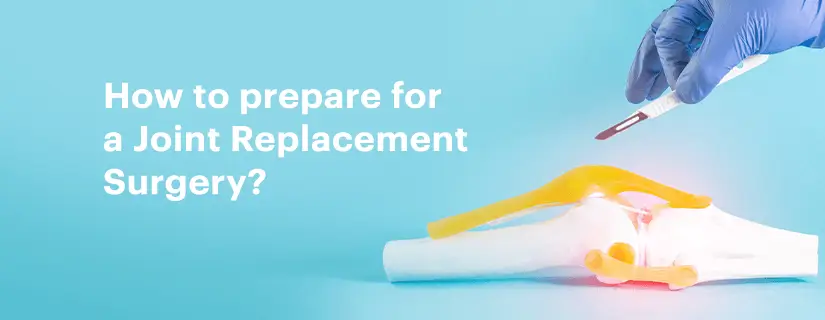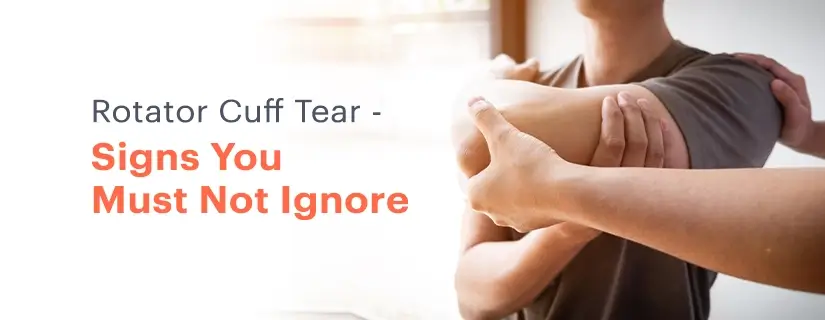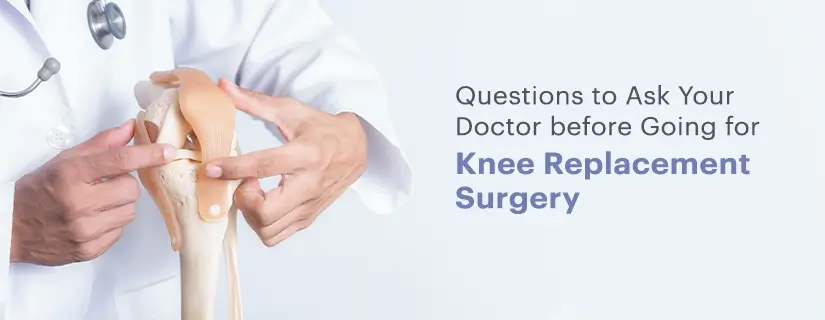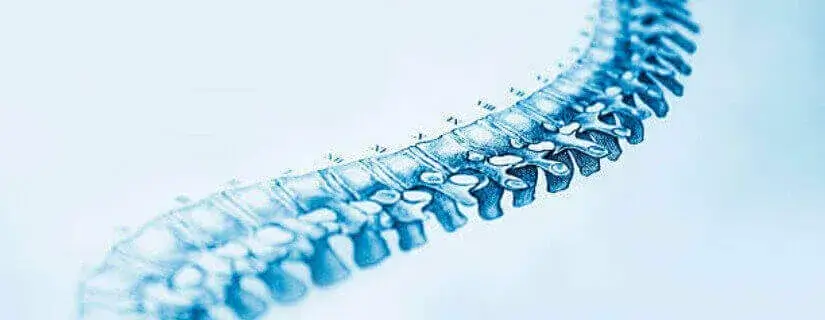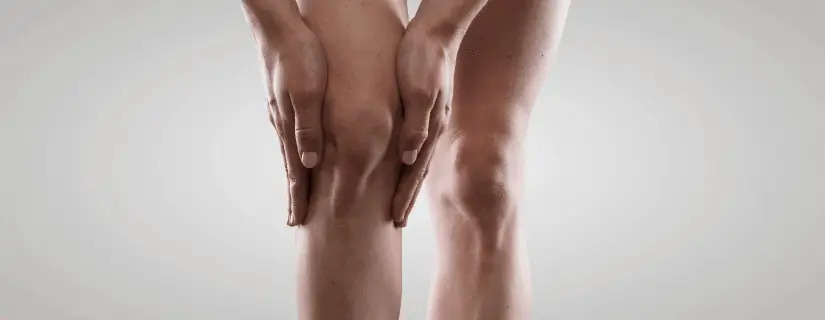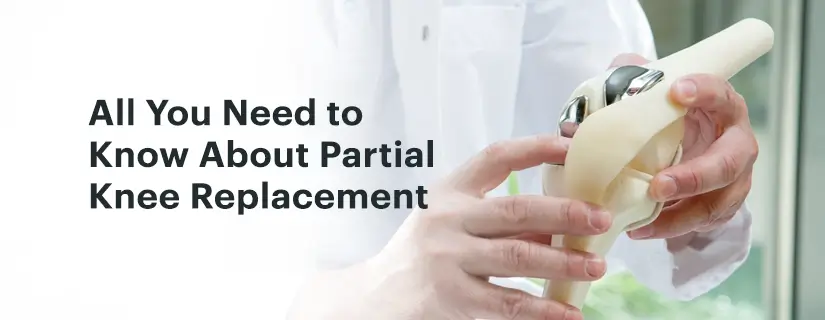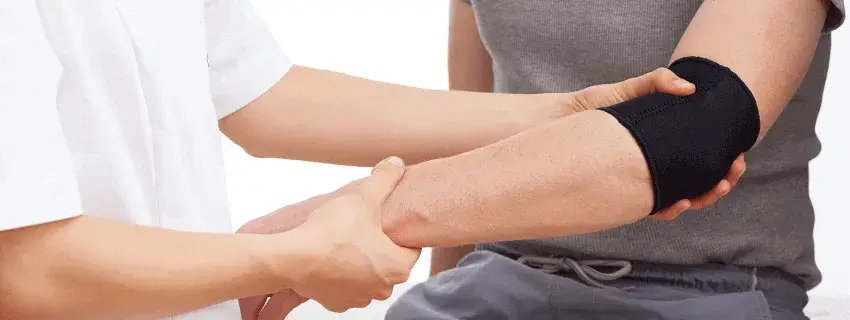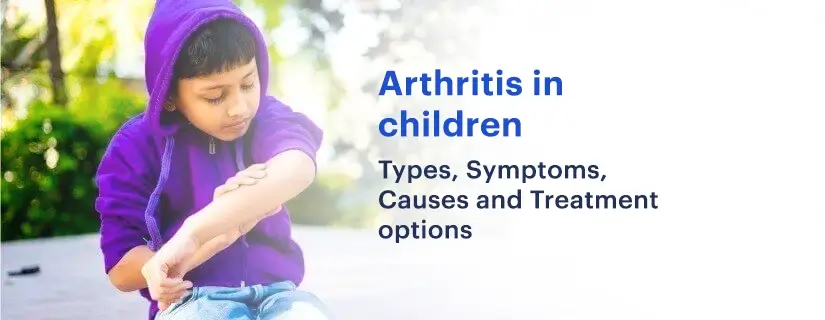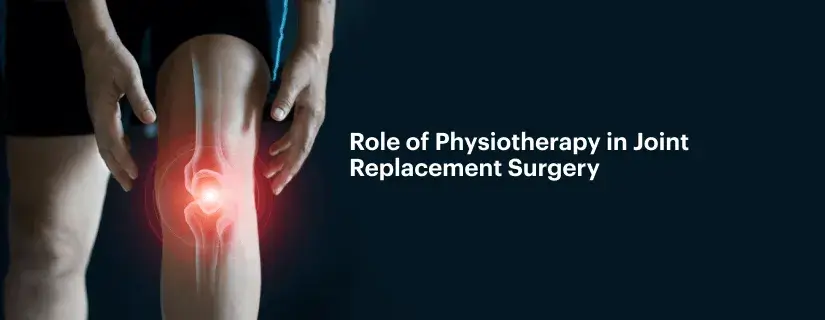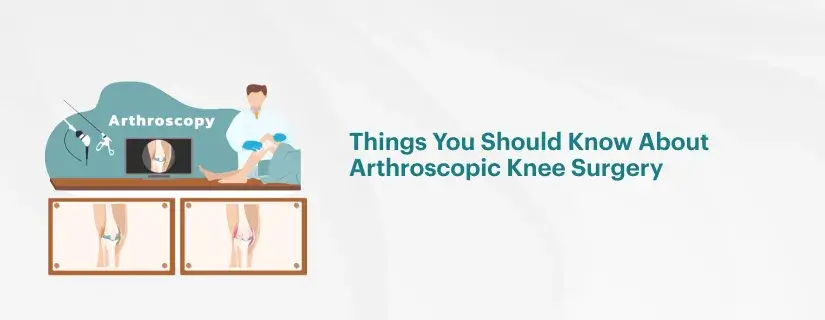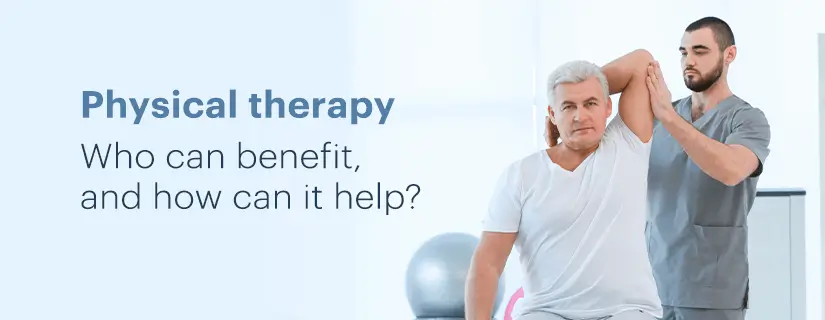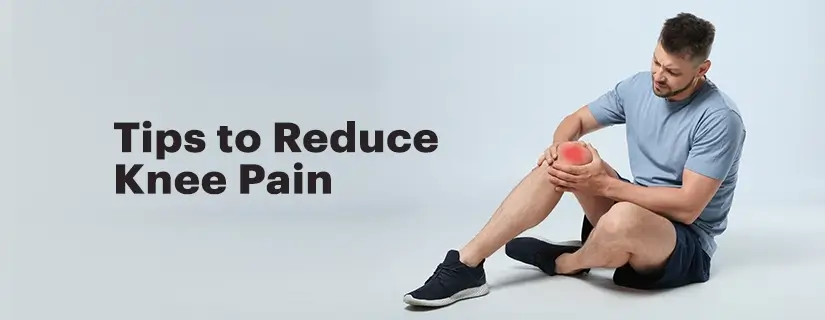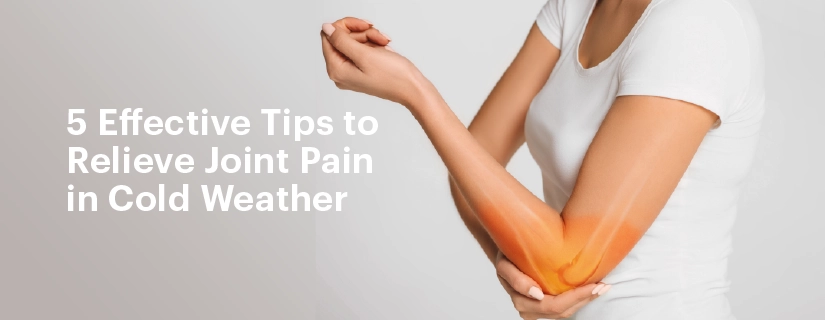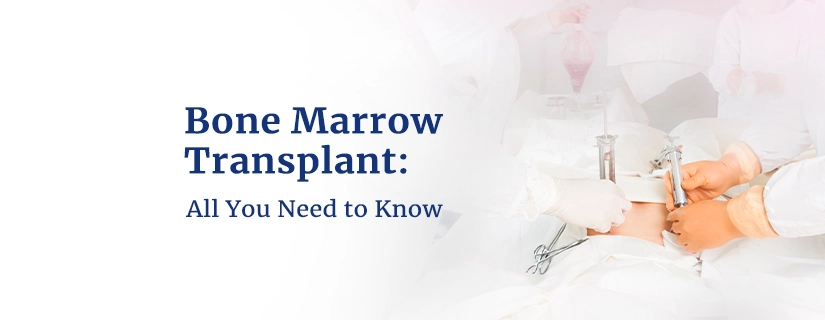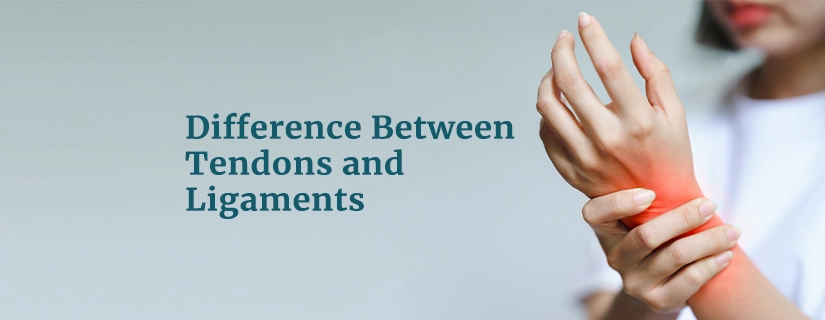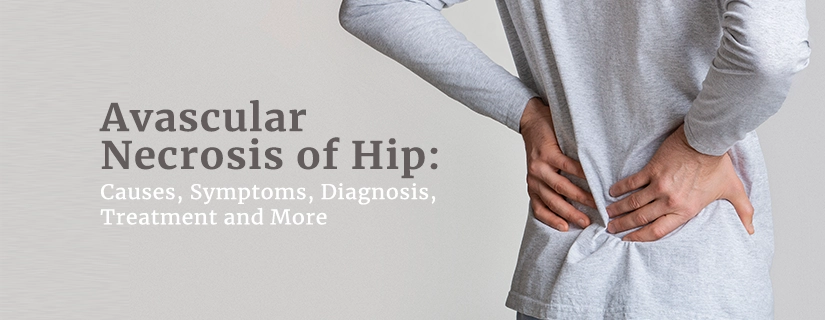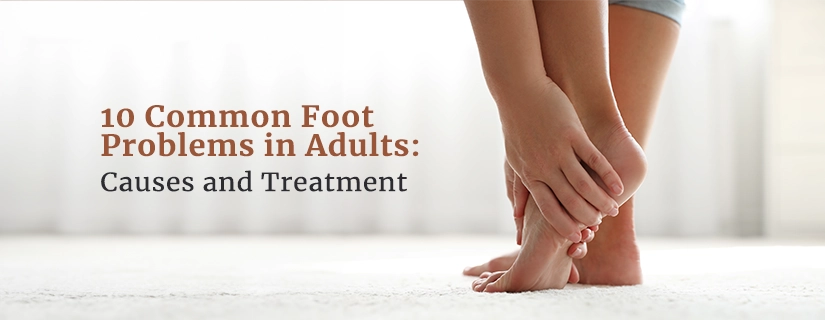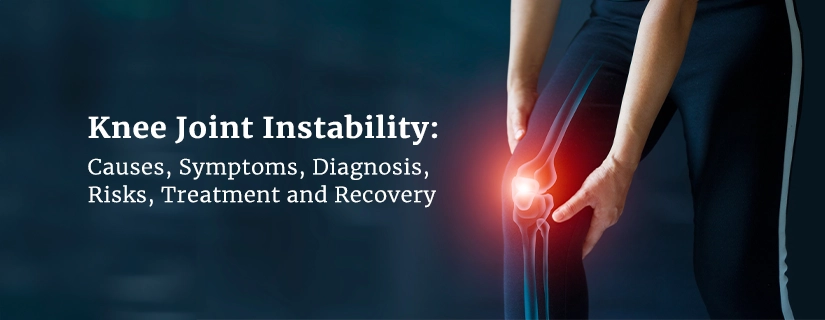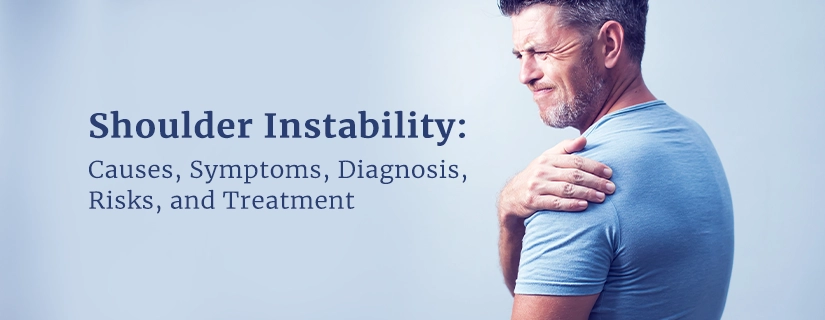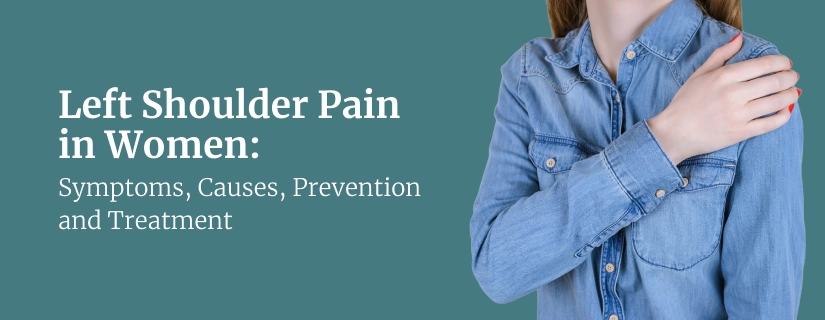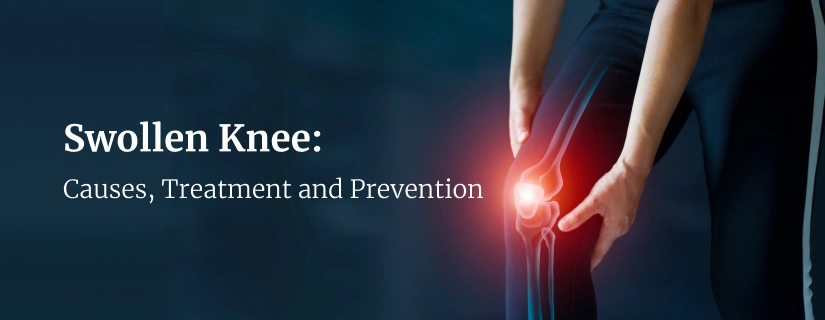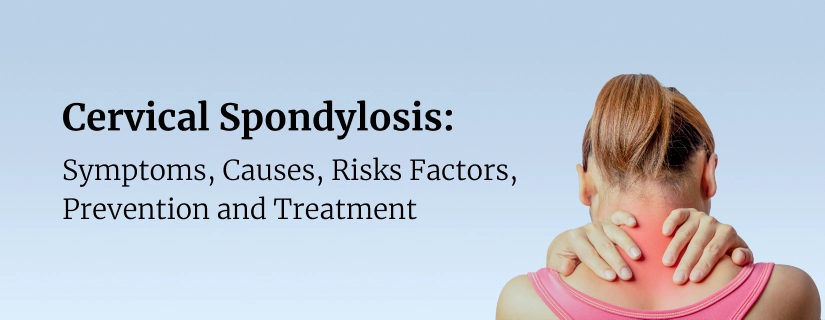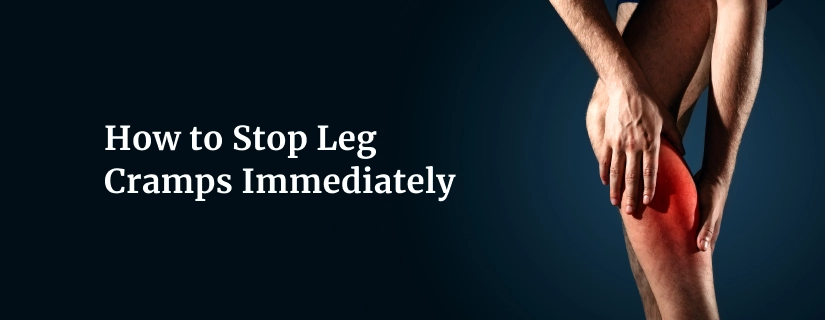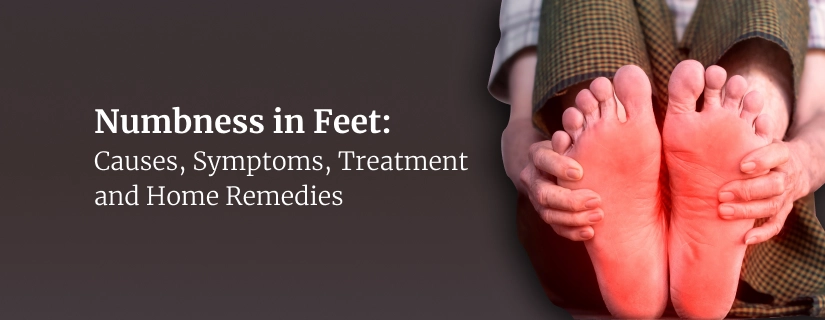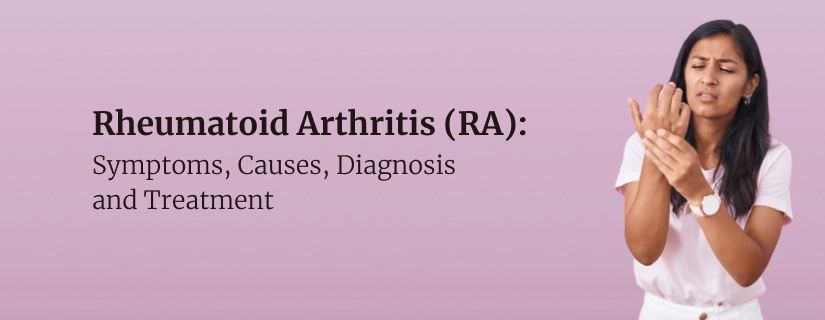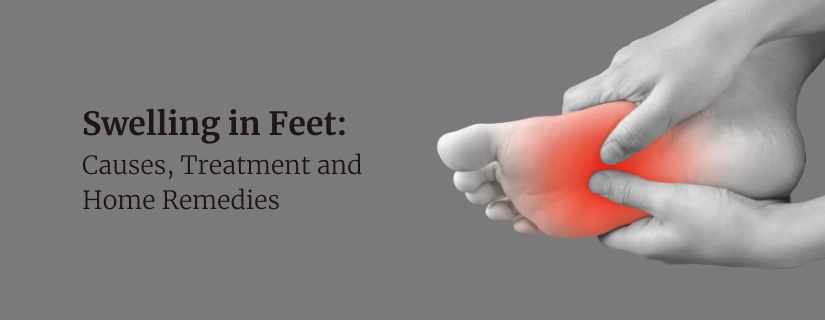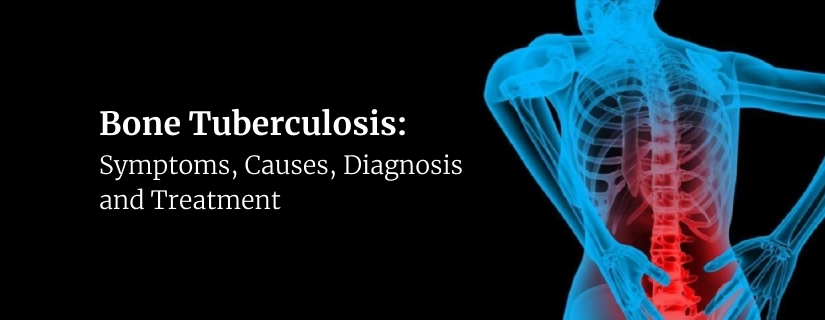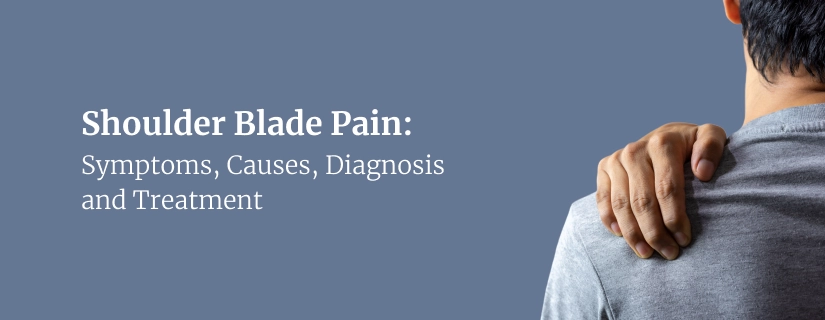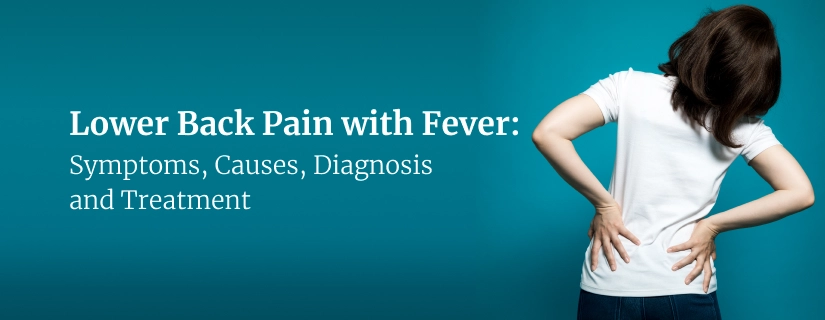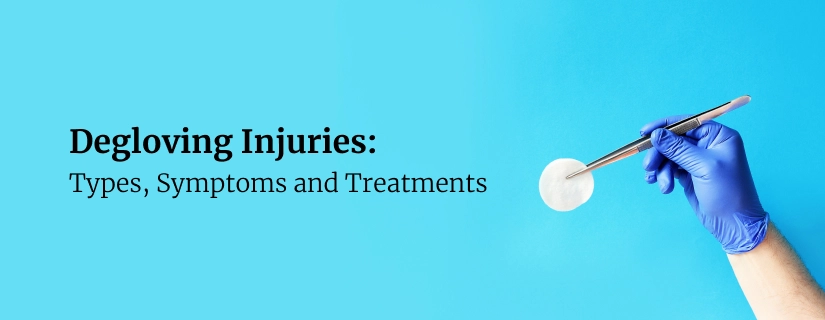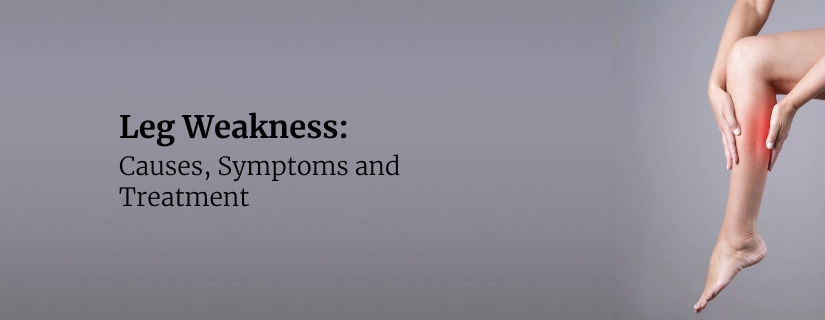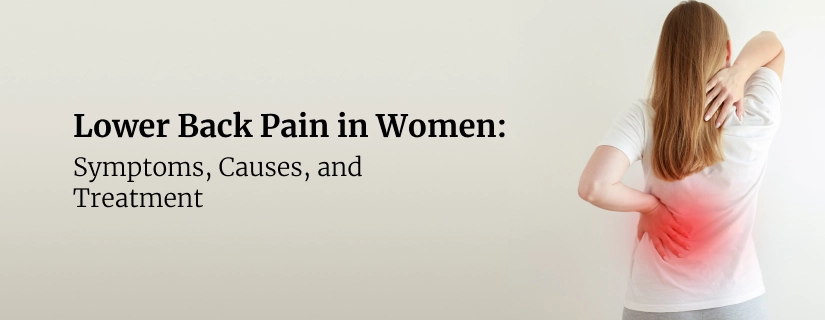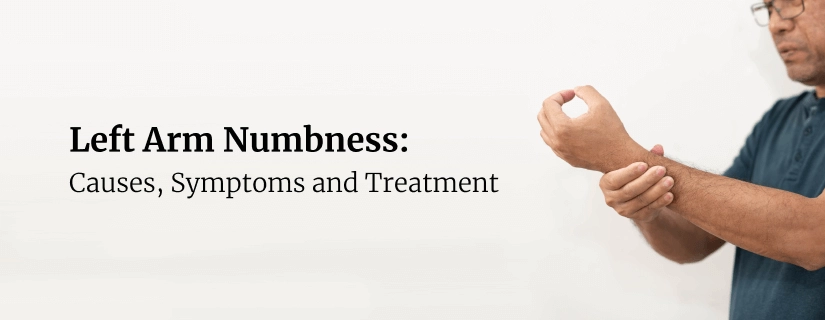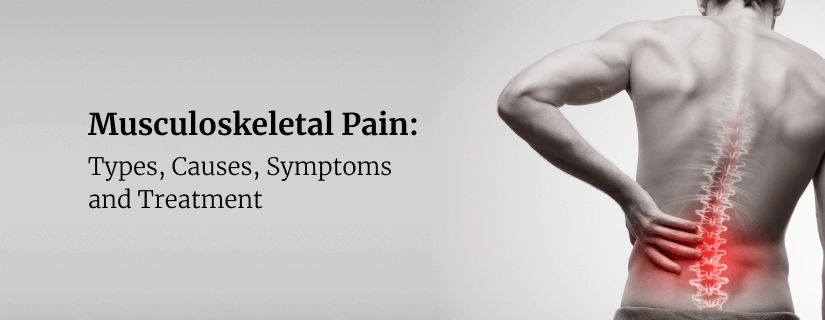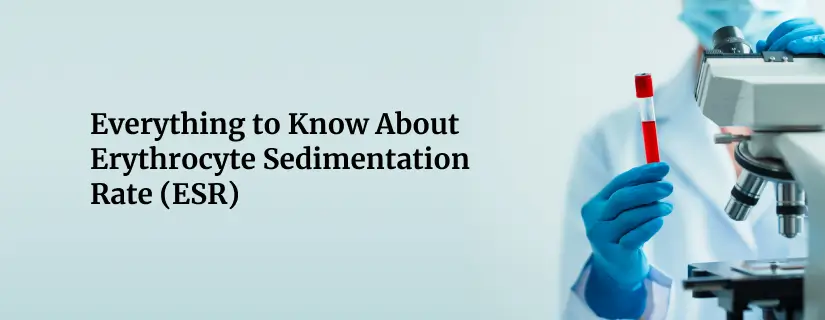-
Doctors
-
Specialities & Treatments
Centre of Excellence
Specialties
Treatments and Procedures
Hospitals & Directions HyderabadCARE Hospitals, Banjara Hills CARE Outpatient Centre, Banjara Hills CARE Hospitals, HITEC City CARE Hospitals, Nampally Gurunanak CARE Hospitals, Musheerabad CARE Hospitals Outpatient Centre, HITEC City CARE Hospitals, Malakpet
HyderabadCARE Hospitals, Banjara Hills CARE Outpatient Centre, Banjara Hills CARE Hospitals, HITEC City CARE Hospitals, Nampally Gurunanak CARE Hospitals, Musheerabad CARE Hospitals Outpatient Centre, HITEC City CARE Hospitals, Malakpet Raipur
Raipur
 Bhubaneswar
Bhubaneswar Visakhapatnam
Visakhapatnam
 Nagpur
Nagpur
 Indore
Indore
 Chh. Sambhajinagar
Chh. SambhajinagarClinics & Medical Centers
Book an AppointmentContact Us
Online Lab Reports
Book an Appointment
Consult Super-Specialist Doctors at CARE Hospitals
Sports Injury- Prevention and Treatment
Updated on 10 October 2022
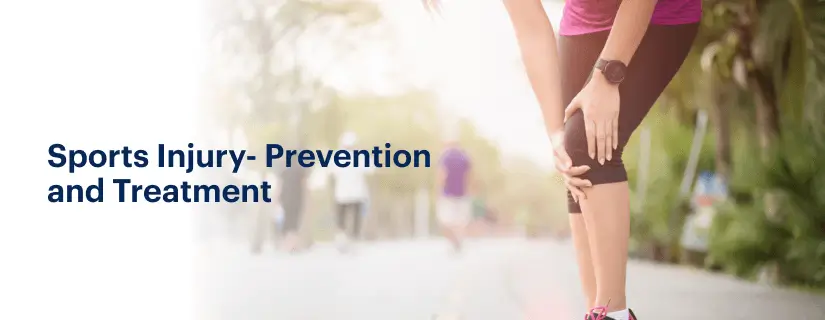
Table of Content
Playing some sort of sport is good for one’s health. Participation in sports or athletic exercises is a great way to strengthen the body and increase flexibility and agility. However, it does carry the risk of getting injured along the way. Sports injuries are most common among younger adults and children. The most common and easily treatable sports injuries are sprains and strains.
On the other hand, some serious sports injuries may include fractures, dislocation, head injuries etc. If you are someone who is actively involved in one form of sports or more then it is essential to have some knowledge regarding the prevention and treatment of such injuries. Such awareness can help avoid any major injury and can even save lives.
Preventions for Sports Injury
It is always wise to take precautionary steps suggested by the specialists at the best orthopaedic hospitals in Hyderabad to prevent any potential harm when playing active sports. Taking correct sports injury prevention measures can protect you from harming yourself unnecessarily.
1. Begin slowly and steadily
Start slowly and gradually if you are beginning a new sports activity or have taken a long break. Your body may not be as strong and flexible, and rushing into things will strain your muscles and joints unnecessarily.
2. Warm up before, Cool down after
The importance of a proper warm-up routine before any exercises to stay fit and a proper cool-down afterwards cannot be emphasised enough. Take 5-10 minutes before your activity to warm up the joints and muscles that you will be using during the activity. A low cardiovascular warmup of these joints and muscles helps them open up well allowing blood to flow through them to prevent any injury during the workout. Also, an efficient cooldown afterwards with stretching will help to recover your heart rate and blood pressure gradually.
3. Wear protective gear
Contact sports like rugby, hockey, and football often see more injuries than other sports. It is therefore essential to wear proper protective equipment to safeguard vital organs and joints of the body to prevent any serious injury.
4. Train well
To prevent injury, it is also vital that you get good at whatever sports you choose to play. The better you train, the higher your chances of avoiding injuries due to clumsiness.
5. Do not overdo it
Whether working out in the gym or training in the field, listen to your body and don’t push it unnecessarily. Take proper rest to allow the body to recover from strenuous exercises.
6. Strengthen different parts of the body
Work on strengthening different areas of your physique. For this, mix up your routines and work on combining cardiovascular (aerobic) exercises to build heart health and do strength training with weights or resistance to increase flexibility.
7. Wear proper clothes
Wearing ill-fitting clothes can also cause getting injured. So ensure that your clothes are well-suited for the types of sports that you choose to play.
Treatments
Even after taking all the pre-emptive measures, if you end up getting injured, be sure you know what course of treatment to follow. Common sports injuries treatments are as follows:
- Minor injuries like sprains and strains can be treated using PRICE therapy.
- Protection of the injured area with support.
- Rest includes avoiding any strenuous exercises and resting to allow the area to heal.
- I in PRICE stands for ice meaning that ice packs should be applied on the injured part every 2-3 hours for a couple of days at least.
- Compression bandages should be used to restrict swelling.
Another important aspect to reduce swelling is Elevation.
- The injured area must be kept elevated above the heart level to reduce swelling. If the affected area does not seem better or the swelling does not reduce after 2-3 days medical attention must be sought.
- Pain medications are often prescribed to reduce pain. Patients can also be prescribed medicines to treat swelling.
- If the injury causes chronic symptoms or difficulty in moving joints, physiotherapy may be prescribed to regain movement and improve the range of motion.
- Most severe sports injuries may be fractures that will require surgical intervention to correct the damage.
Being physically active is great for our bodies but it can cause injuries in due course. Knowing how to prevent sports injuries and if injured how to get treated is important information everyone must be aware of. Many small injuries like sprains and strains can be treated at home.
However, proper care must be taken to look for any swelling, bruising or pain that does not go away. If such symptoms arise, one must immediately seek medical attention.

ENQUIRY FORM
SELECT CATEGORIES
-
Neurosciences (16)
-
Neurology (37)
-
Neurosurgery (14)
-
Orthopaedics (48)
-
Oncology (33)
-
Obstetrics and gynecology (52)
-
Pulmonology (23)
-
Urology (20)
-
Nephrology (13)
-
Psychiatry (7)
-
Dietetics and Nutrition (111)
-
General Medicine (63)
-
Cardiac Sciences (32)
-
Vascular & Endovascular Surgery and Interventional Radiology (15)
-
Gastroenterology (46)
-
Endocrinology (23)
-
Plastic Surgery (10)
-
Critical Care Medicine (5)
-
COVID-19 (16)
-
Dermatology (16)
-
Emergency Care (1)
-
Ophthalmology (4)
-
Pediatrics (14)
-
Laparoscopic and Bariatric Surgery (8)
-
ENT (15)
-
Kidney Transplant (1)
-
Liver Transplantation and Hepatobiliary Surgery (5)
-
General Surgery (3)
-
Internal Medicine (5)
-
Medicine Information
All About Osteoarthritis & Rheumatoid Arthritis
ACL Injury- Do You Need Surgery?
YOU MAY ALSO LIKE
RECENT BLOGS
-
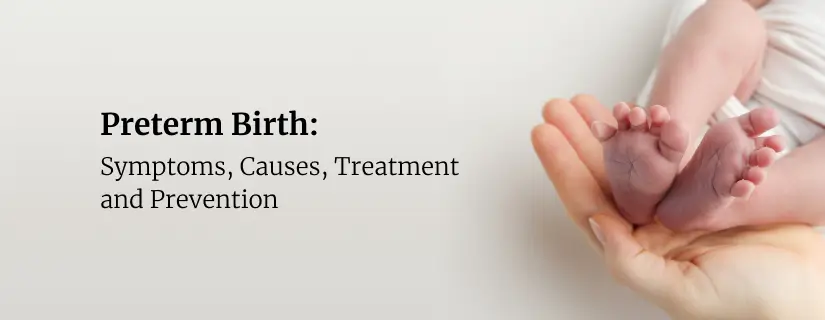
Preterm Birth (Premature Birth): Symptoms, Causes, Treatment and Prevention
13 May 2025
Read More
-
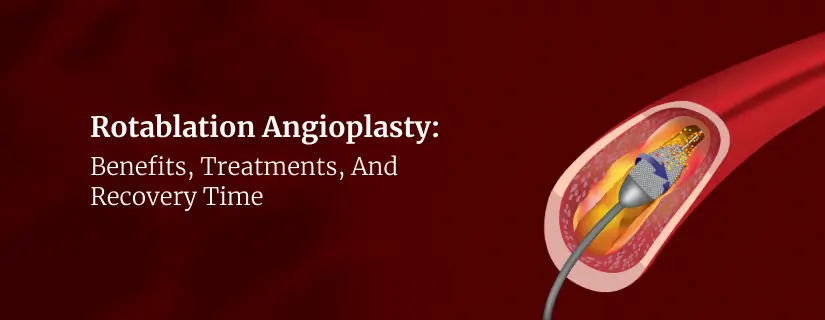
Rotablation Angioplasty: Benefits, Treatments, And Recovery Time
9 May 2025
Read More
-

What Is The Difference Between IUI and IVF?
9 May 2025
Read More
-
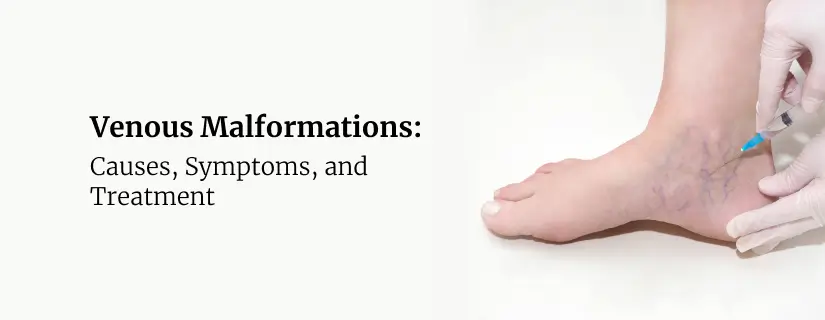
Venous Malformations: Causes, Symptoms, and Treatment
30 April 2025
Read More
-
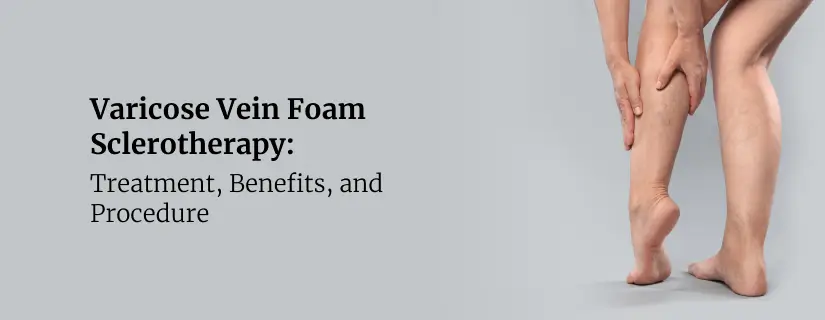
Varicose Vein Foam Sclerotherapy: Treatment, Benefits, and Procedure
30 April 2025
Read More
-
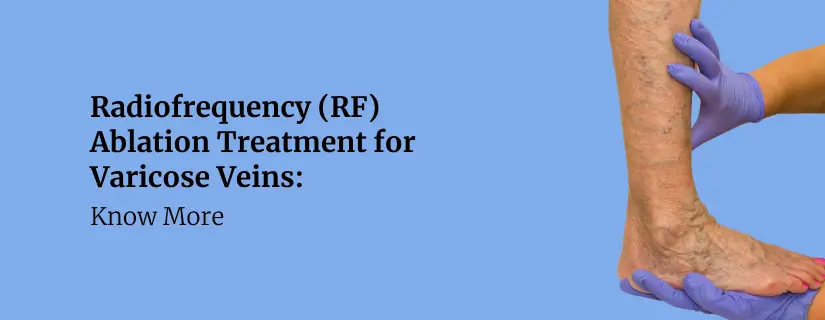
Radiofrequency (RF) Ablation Treatment for Varicose Veins: Know More
30 April 2025
Read More
-
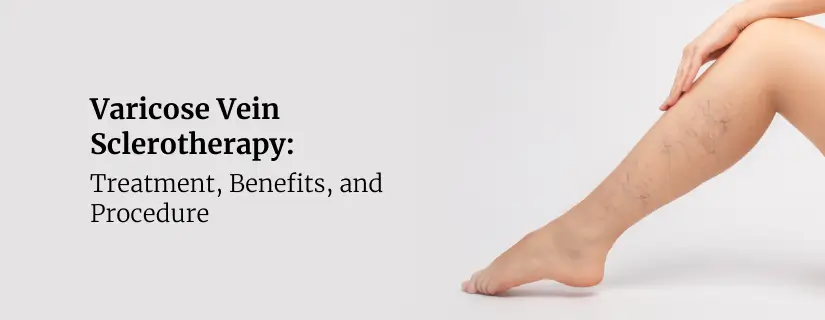
Varicose Vein Sclerotherapy: Treatment, Benefits, and Procedure
30 April 2025
Read More
-
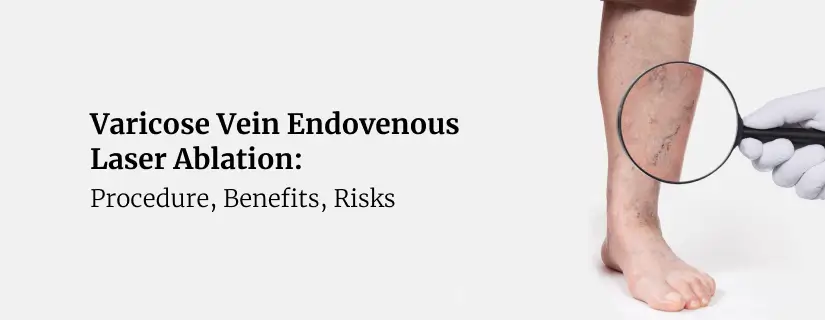
Varicose Vein Endovenous Laser Ablation: Procedure, Benefits, Risks
30 April 2025
Read More
Have a Question?
If you cannot find answers to your queries, please fill out the enquiry form or call the number below. We will contact you shortly.


